INTRO
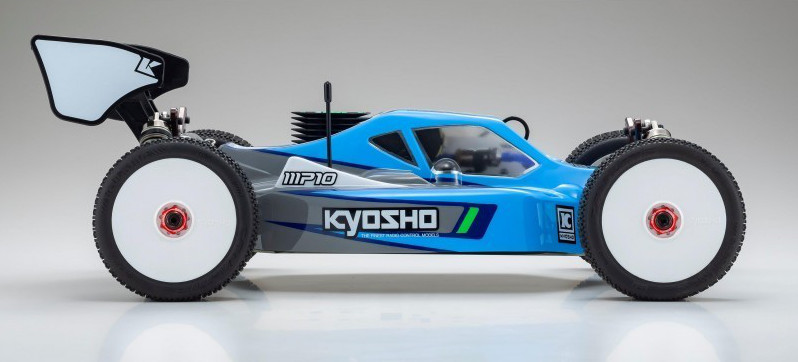
Released in December 2020, the new version of the Kyosho MP10, named TKI2 was a big hit. The biggest lunch in RSRC history.
9 months after, let's review the details and my feeling about the platform.
MY ADVISES TO GET THE BETTER OUT OF YOUR CHASSIS
For MP10 TKI2 owners, I currently hear a lot about the car and how everyone feels.
Some are convinced of its performance and ease of handling like all Kyosho buggies (me the first), but others are a little lost in the setups.
Here are my last tips on the car:
- if you were in possession of a "standard" MP10 (first generation), I advise you to start from a blank sheet for the setup of your TKI2.
The differences don't seem huge, but this is a new car, and it should be tuned as such.
So review your shock absorber piston bases, springs, or anti-roll bars. The few novelties in terms of shock towers and shock lengths, for example, have changed the behavior of the car on the track and how it rolls.
- the TKI2 is a naturally oversteer car (front drivetrain very present and a lot of steering), which will appeal to drivers who like when the car "steers no matter what".
This can unsettle those who appreciate the naturally hyper-stable behavior of the car's rear, and understeer. It is more my case, I like when the front wheels are neutral enough with a big stability of the rear end so you can accelerate earlier in the corner and exiting a turn :-)
Check my basic setups at the end of these few lines :-)
THE EVOLUTIONS
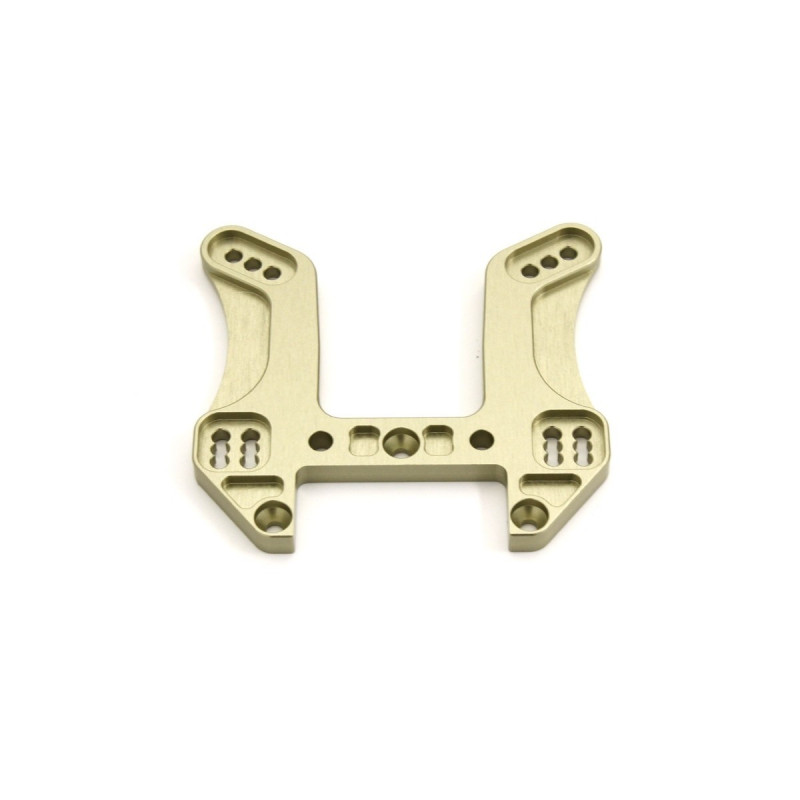
To me, the new shock stays as well as the longer shocks are a huge plus.
With it, you have more down travel (droop), but also more up travel. Indeed, when you put the car on the ground, chassis placed on the table, you will be able to rise the wheels a few more millimeters, which was not possible with the suspension of the MP10.
This gain will allow you to go faster in the bumpy tracks, but also when landing jumps where the chassis never lands on all 4 wheels at the same time.
However, this is causing a small loss in precision.
Indeed, at first glance, you may have the impression that the car "lives" a lot; that it has a lot of movement on the track (front to back and left to right). Hence my previous reflection on the evolution of shock absorber settings and anti-roll bars.
I've done a lot of testing on many tracks, and for me, other than if the track's grip is huge (really asphalt), there's no point in coming back with the shock mounts low. (IF604 and IF605) with short shocks in 47mm and 55mm.
Even if sometimes the feeling is still good with the lower towers, it will always be faster to use the new original supports and shocks of the TKI2.
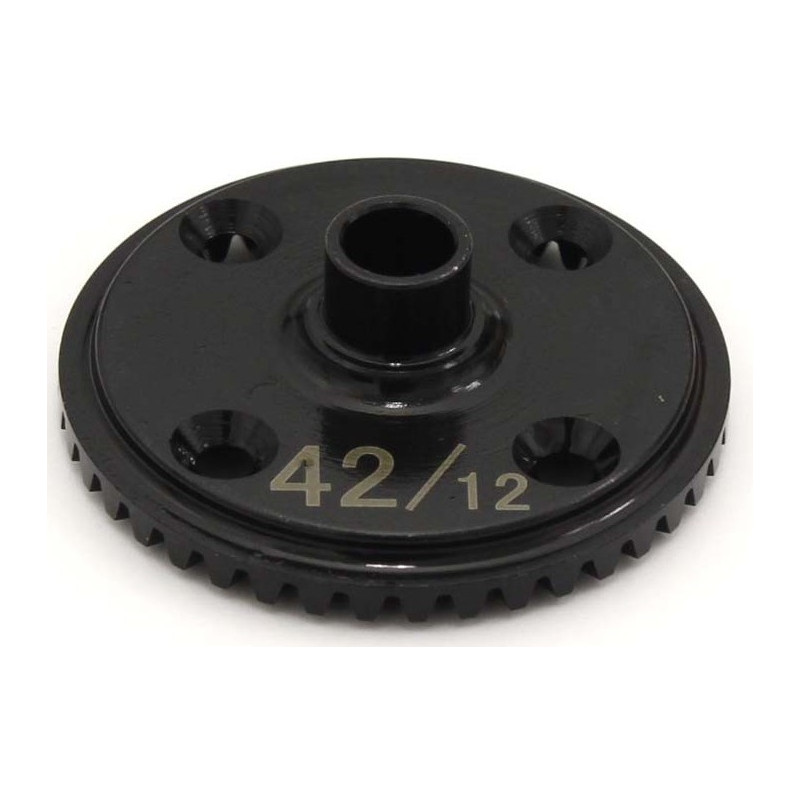
In terms of transmission, on this side, I'm not necessarily a fan of the original 42/12 transmission.
I was already talking about it here in this video a few months ago when they were released and tested on my MP10.
The purpose of this transmission is to shorten the drivetrain ratios and lengthen the central ratio.
This decreases the effect of the center differential and increases the transfer of power to the front and rear bulkheads.
There is therefore no need to try to lengthen more the central gear to try to calm the car, and change a central gear in 14/46. You will indeed make the acceleration smoother, but the rear end will still lack stability for my taste.
The original short transmission has a big impact on the behavior of the car. If you find the rear end too light and you are not 100% comfortable (after trying a setup corresponding to the car), I advise you to switch to a smoother transmission with the conical gears 43/13. (IF406-43 and IF407-13)
If there is one thing to take away from this TKi2, then it would be this. Once back with the “traditional” 43/13 conical gears, your car will be much more stable and easier to drive.
On very high grip though, to find a responsive and more efficient car, you can use the original 12/42 ratio. Personally, I go for the 43/13 ratio in all conditions.
But it's really a driver's preference. As I always say, developing a car is never easy.

It must be fast and easy to drive in all conditions, either in Indonesia with high grip, 40°C and 90% humidity, but also in some areas of the World where there is super heavy dust and bumps!
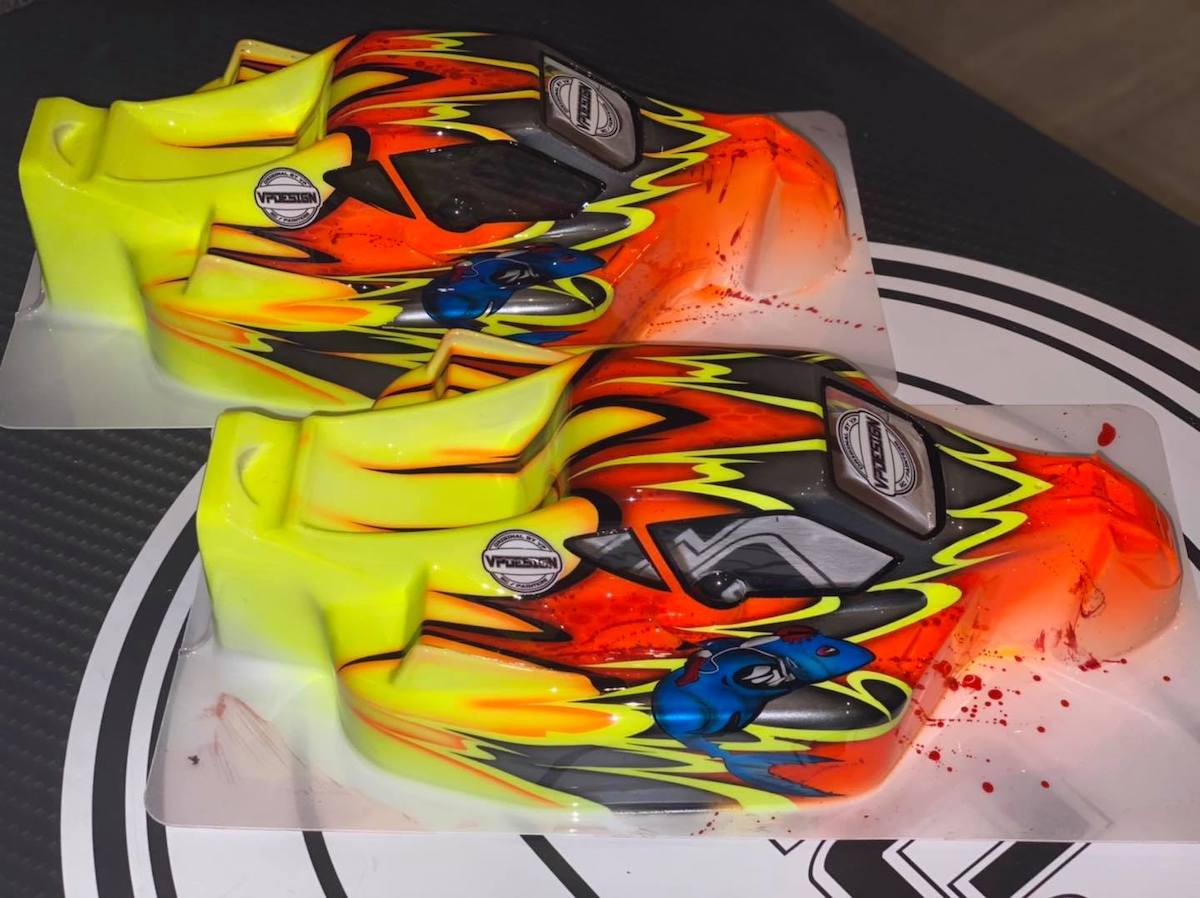
The bodyshell is great, besides being beautiful, it really gives the car everything it needs. It has just been released in a thicker version (1mm instead of 0.8), which will be back in stock in the coming weeks.
Be careful though, a thinner body will save you a few precious grams. This really has an impact on the behavior of the car at this level (lower center of gravity), and the change to a 1mm body for more reliability could change the behavior of your car ... So think about it!
THE OPTIONS I USE AND WHY
For me, the original car as it is has great balance and enormous potential. You can already improve your setup and find the one that will perfectly suit your driving, before you get lost in purchasing many options.
The list of options that I offer you here is far from being a must have. I'm sure 95% of the drivers who are happy with their MP10 TKI2 don't need to use these options. However, this allows here to answer your many questions on the use of these and why ;-)
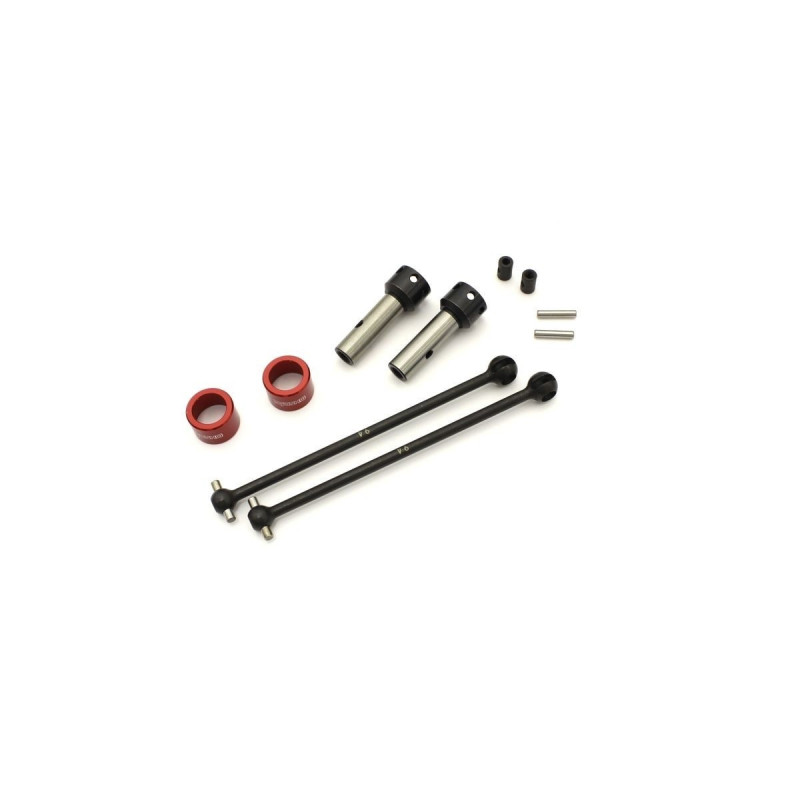
- Front CVA Driveshafts IFW613:
These driveshafts allow more steering and more traction to the front of the car. I don't use them on the rear because it is more rigid and doesn't allow the suspension to work properly.
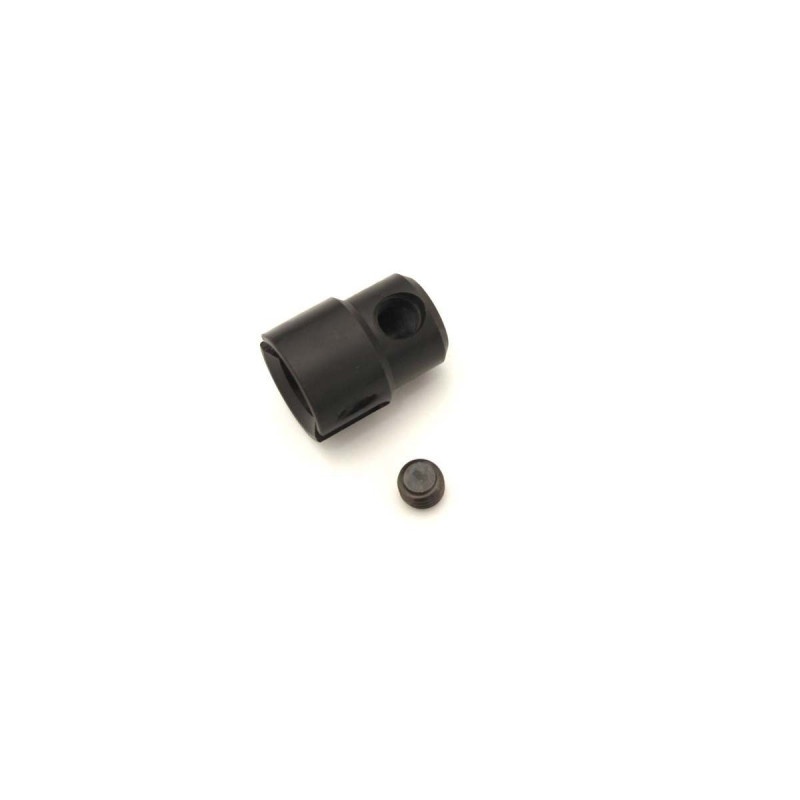
- Center front and rear dogbones (MA081, IFW616, IFW617):
gives a more direct transmission without any power loss.
Gives quicker accelerations, and more push. This can give a faster car but also more aggressive.
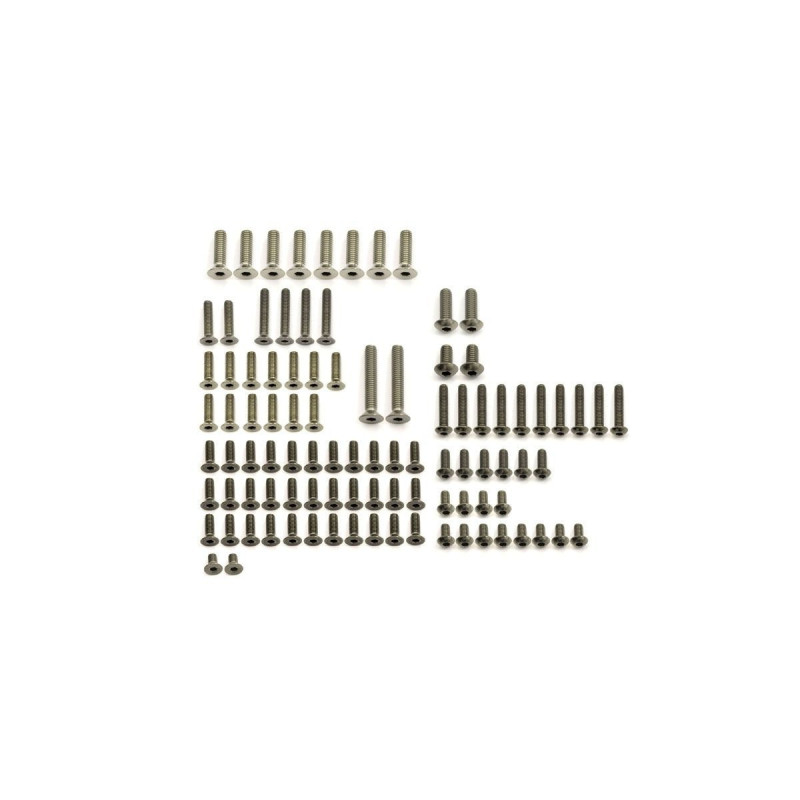
at my level, a lighter car is a faster car. Also, you can save some fuel mileage.

- 17.5 degrees aluminum caster blocks:
more precision for the front end, especially on high speed/high grip tracks. It can improve durability on low temperatures (less than 10°C).
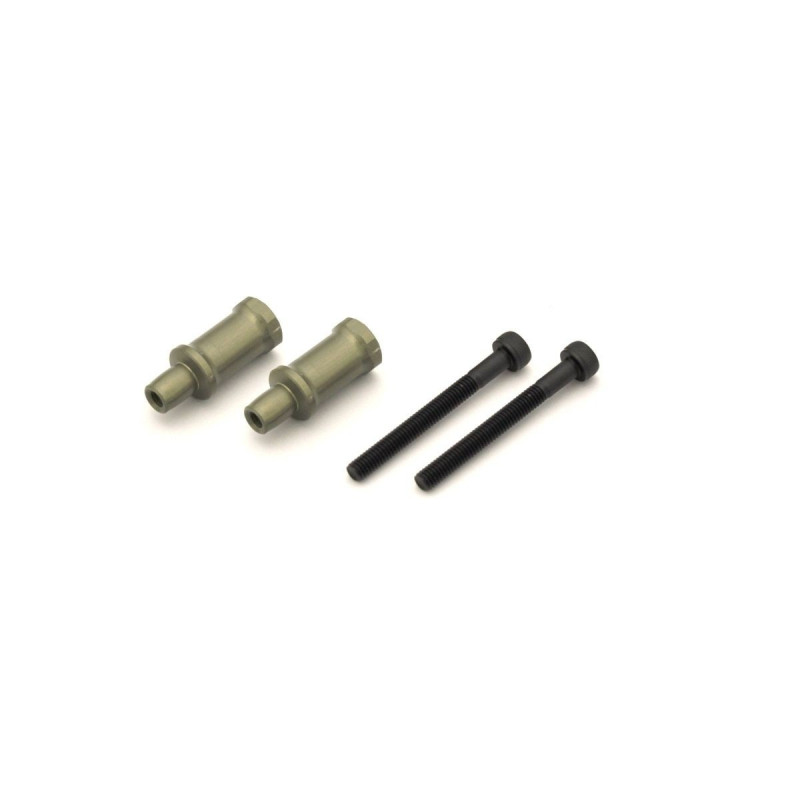
- IFW612, XL aluminum shock mounts:
Allows the shock absorbers to be offset from the rear tower.
In fact, I always use a lot of anti-squat, and in this case, the shock absorber does not work at 90° to the suspension arm. This can be improved by using extra long mounts. The suspension therefore works better and the passage through the holes at high speed is easier.
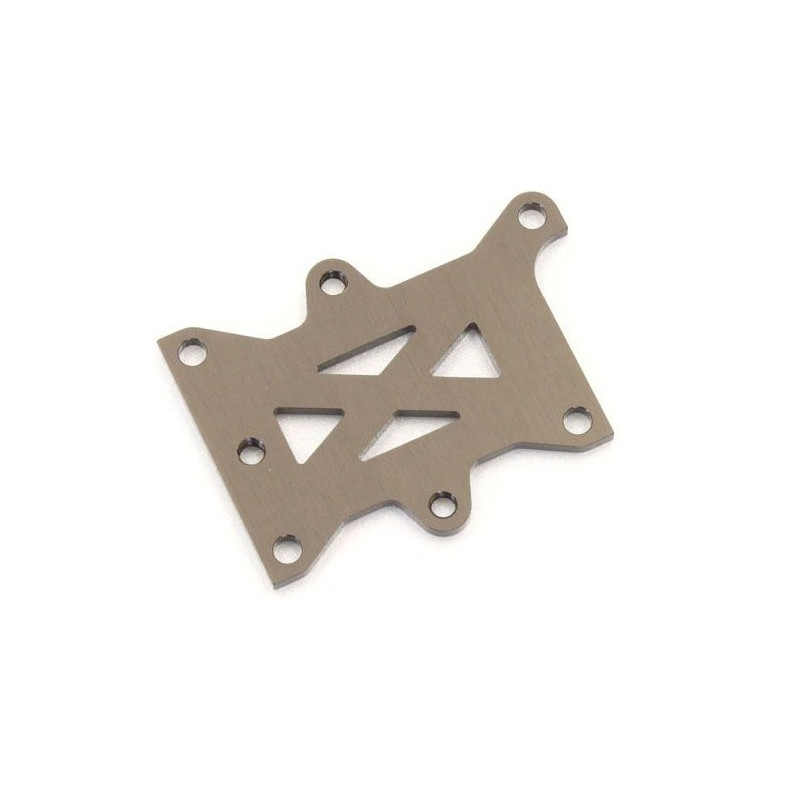
more rigidity of the radio tray side, for more precision on the throttle, but which also works as a chassis brace. Particularly useful when the grip is medium / high to give more precision to the car.
- Front and rear 20g chassis weights:
Poids de 20g à l'avant et à l'arrière, on the chassis (IFW604-20 et IFW605-20):
20g on the chassis will give more grip to the part of the car where it's been placed. If you want the rear end to be more stable: more weight on the rear.
Want more steering? Weight on the front.
I like using both front and rear because it lowers the center of gravity of the car, and the car is more "into the track". Especially for low grip/loamy situations where it helps a lot.
SETUPS
SETUP WITHOUT ANY OPTION:
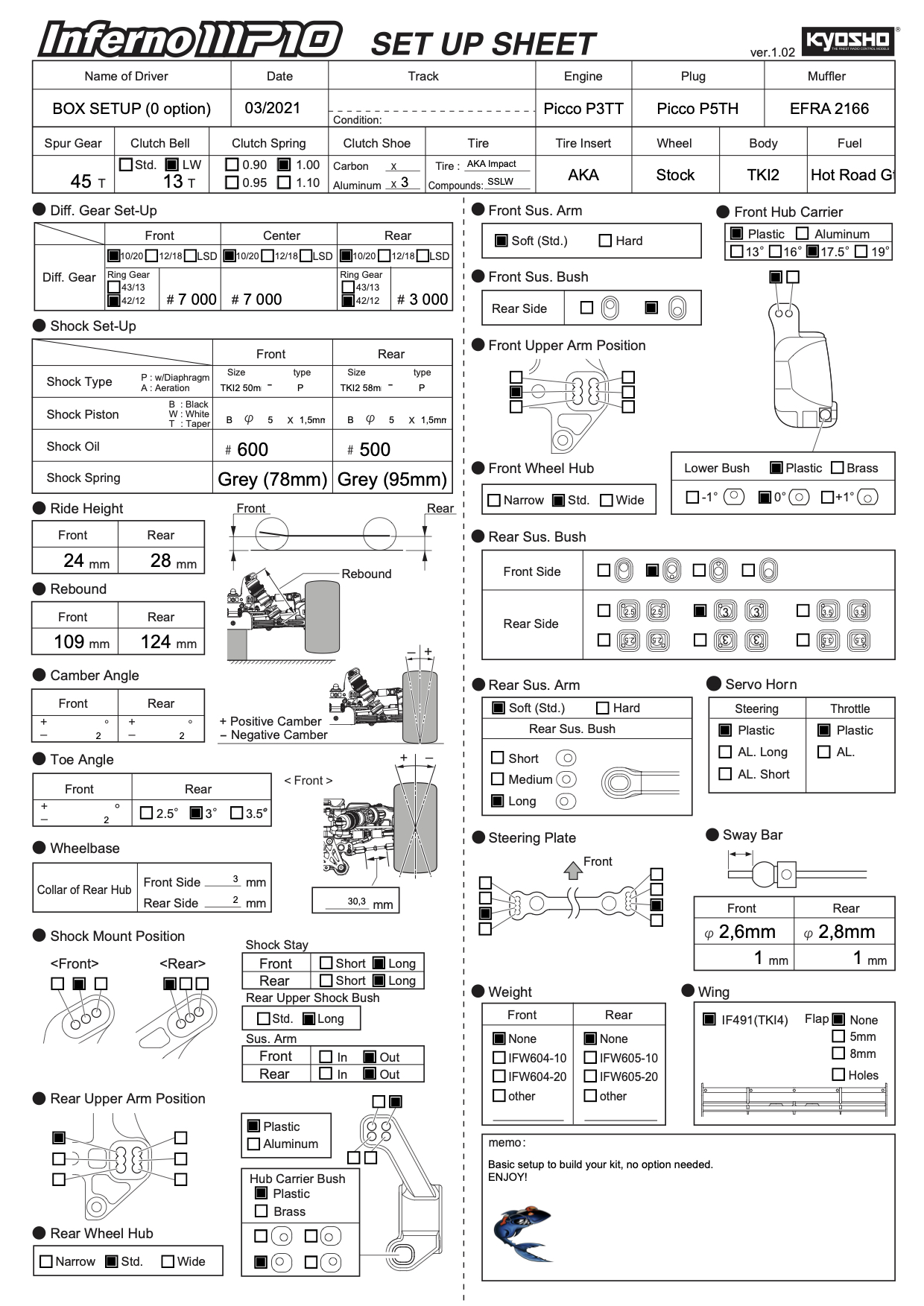
MY BASIC SETUP:
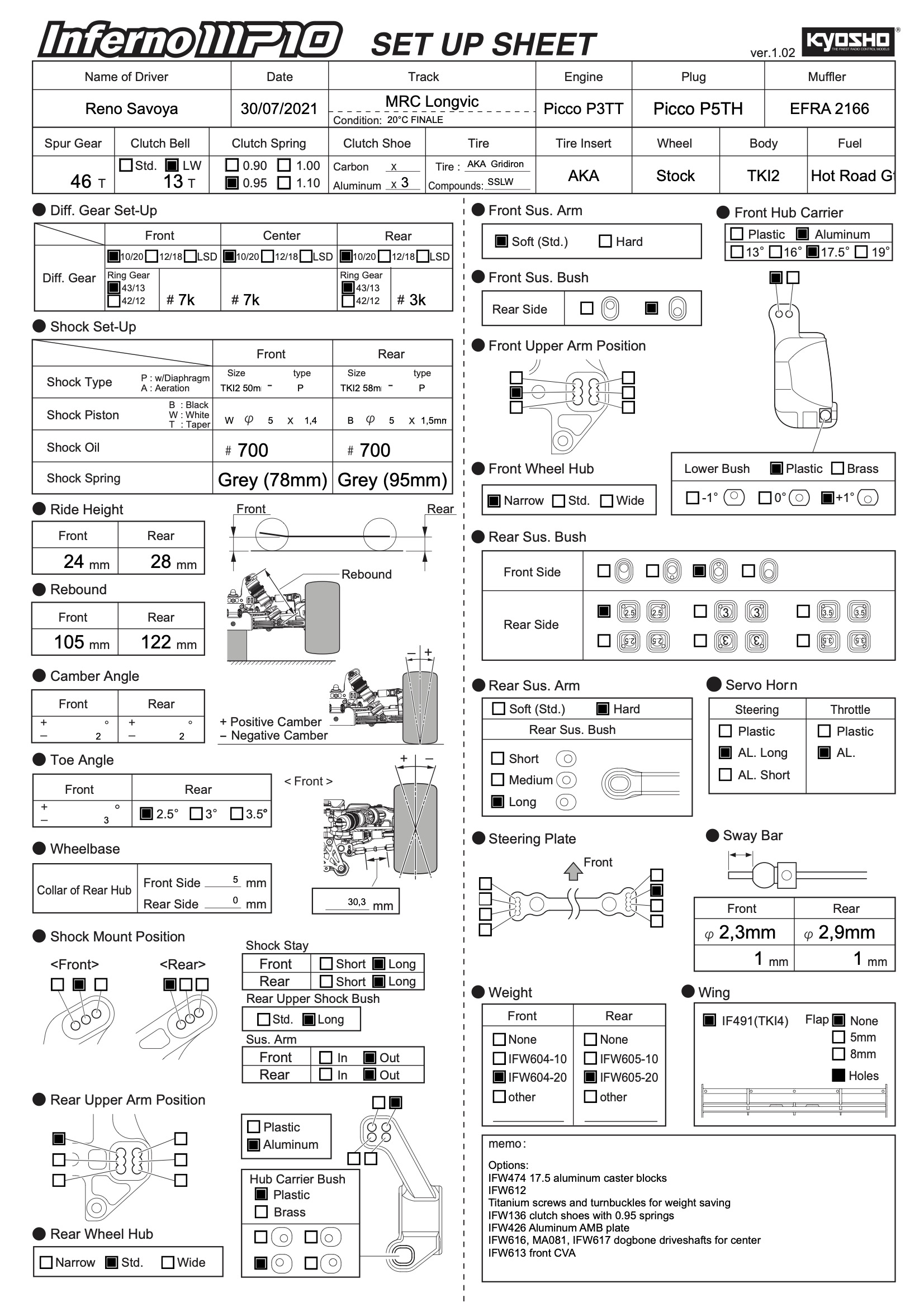
See you soon to check all the latest options!
The Shark
Reno Savoya

Mark Brown - 08/16/2022 23:52:08
Part number of the front center dogbone is MA081 as given in setup sheet, not M1081 as given in the text.